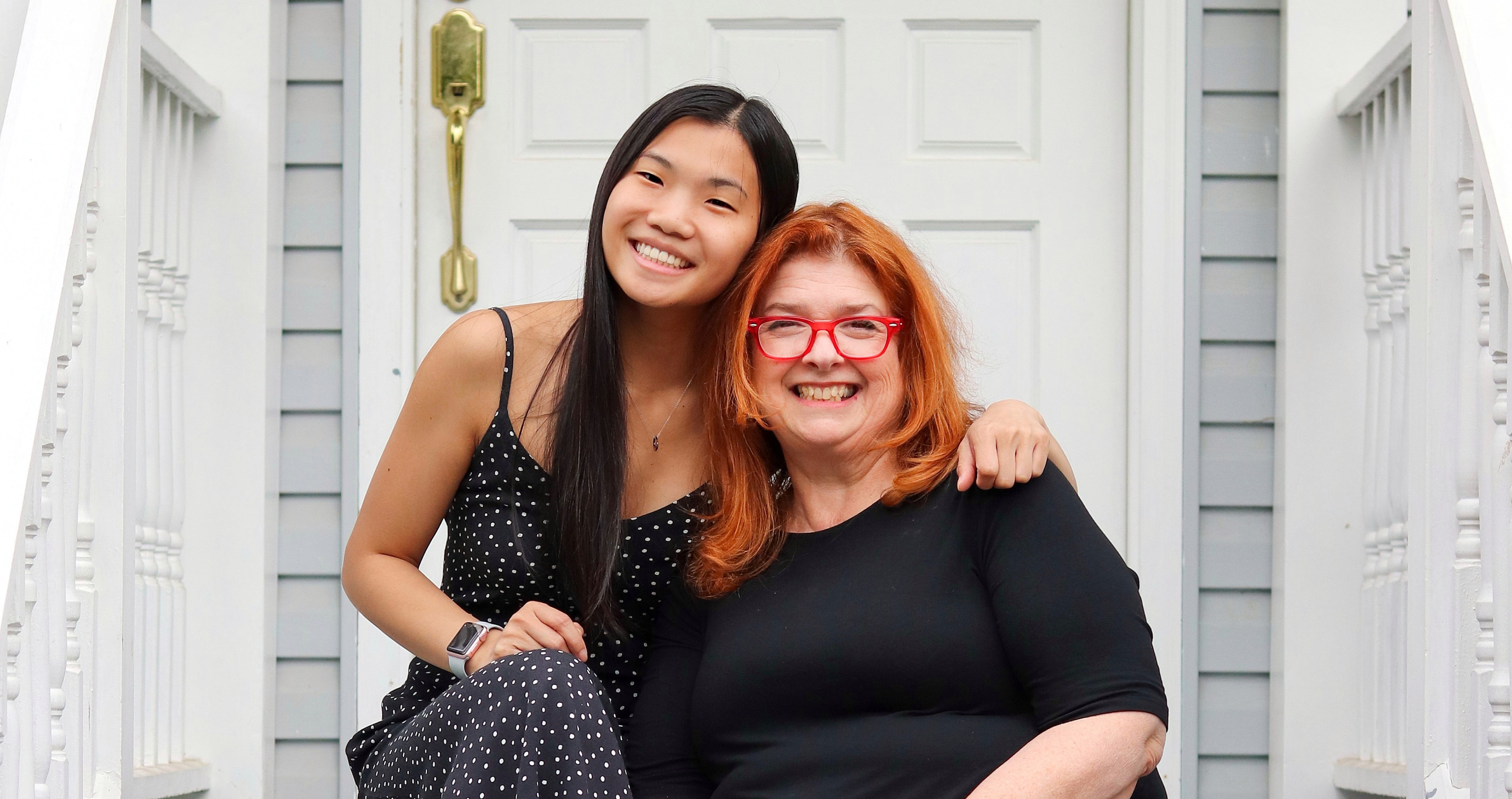Being adopted means learning to live between stories.
But for transracial adoptees that, in-between often includes something visible, something the world names before you do.
You don’t need anyone to tell you that growing up with a different skin tone than your family can complicate what it means to belong. You live it every day: in mirrors, in photographs, in the weird tension between gratitude and loss.
The layers of belonging
For adoptive parent, transracial adoption can feel like an act of love. Yet it’s essentially an act that reshapes identity.
It asks a child to build a sense of self within a family and culture that may never fully reflect them.
Many adoptees grow up surrounded by kindness but not by likeness. They may be the only one who looks like them in the room, the school, the family portrait. That absence (of shared features, of cultural cues) isn’t superficial. It shapes how the nervous system learns safety, how identity forms, and how long it takes to feel at home in one’s own skin.
![]()

When love isn’t enough
Sometimes racism comes from outside, in the eyes of strangers, in offhand comments.
Sometimes, painfully, it comes from within the family itself: a relative’s discomfort, a silence that cuts too deep, a refusal to see color when color has always been seen by everyone else.
Love can coexist with ignorance. But healing requires more. It calls for curiosity, humility, and a special willingness to witness what’s hard to face
The pull of two worlds
My transracial adoptee clients often describe a quiet homesickness. Not only for birth families or origins, but for a culture they were told was theirs to forget.
They navigate two expectations: to integrate fully into one world while honoring a heritage they barely know. Masking and grief become twin languages.
Belonging, then, becomes a practice of translation between who you were, who you became, and who you are still becoming.
What healing can look like
Healing doesn’t mean erasing the tension between those worlds. It means learning to hold them both without disappearing.
It can look like:
-
Seeking community where your features are mirrored and your story understood.
-
Naming your experiences out loud, in therapy, in writing, in conversation, without shrinking them to make others comfortable.
-
Allowing anger, pride, and longing to coexist.
You don’t have to resolve the contradiction to find peace. You only need spaces (and people) that let you arrive as you are.
A note for adoptive families
Transracial adoption asks parents to become cultural learners, not color-blind saviors.
It means raising a child in a way that honors where they come from, not just where they’ve landed.
It means preparing your circle (extended family, friends, schools, etc.) to love a child whose experience of the world will never be identical to yours.
Adoption is not the end of a story and the beginning of a new one. It’s the constant weaving of many intersecting ones.
Coming home
For transracial adoptees, home may never be one fixed place.
It may be a series of moments like the sound of a language you don’t speak but still recognize, the warmth of someone who looks like you, the mirror where you finally see not a contradiction but a whole person.
Belonging isn’t a perfect fit. It’s a gentle return to yourself. One that keeps unfolding, again and again.
If you’re ready to explore your own story of identity and belonging, we’re here to walk beside you.
Schedule a free consultation to learn how therapy at Horizon Online Therapy can help you come home to yourself, one breath, one story, one moment at a time.


